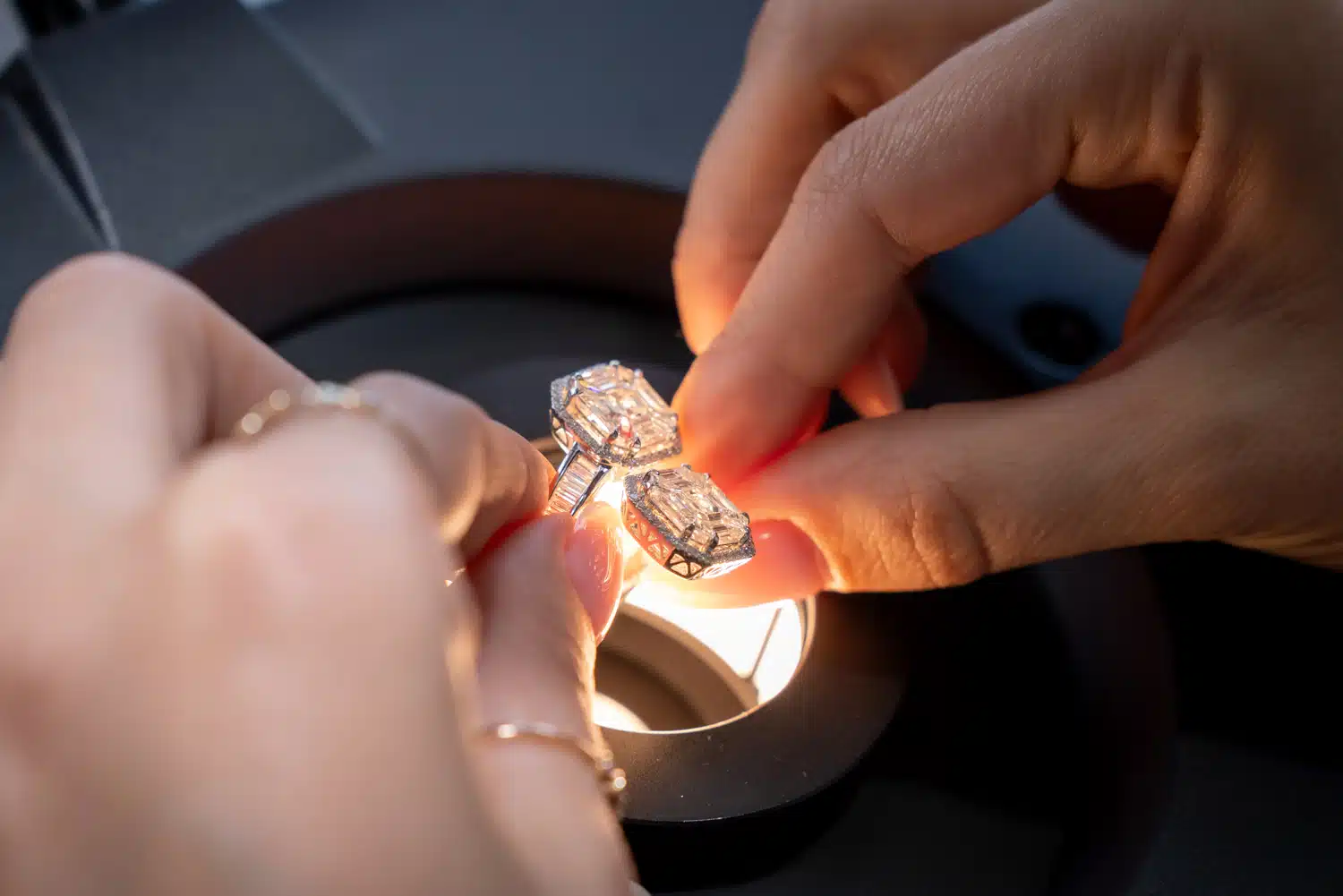Choosing a diamond is a significant decision, and in recent years, Empezar a escoger un diamante have gained popularity for their beauty and sustainability. This guide will help you navigate the process of selecting a lab-made diamond, from understanding the basics to delving into the more intricate details.
What is a Lab-Made Diamond?
A lab-made diamond is a gemstone created in a controlled laboratory environment that mimics the natural conditions under which diamonds form in the Earth. These diamonds possess the same physical, chemical, and optical properties as natural diamonds but are often more affordable and offer a more ethical and sustainable option.
Types of Lab-Made Diamonds
There are two primary methods for creating lab-made diamonds:
High Pressure High Temperature (HPHT)
The HPHT method replicates the extreme pressure and temperature conditions found deep within the Earth where natural diamonds form. This process involves placing a carbon source in a press and subjecting it to high pressure and temperature to form diamonds.
Chemical Vapor Deposition (CVD)
CVD diamonds are created by vaporizing a carbon source and allowing it to deposit onto a substrate in a vacuum chamber. This method produces diamonds that are often larger and purer, making them highly desirable.
Key Factors to Consider When Choosing a Lab-Made Diamond
When selecting a lab-made diamond, consider the following factors to ensure you make the best choice:
1. Carat Weight
Carat weight refers to the size of the diamond. Larger diamonds are rarer and more valuable, but a well-cut smaller diamond can be just as stunning. Consider your budget and preferences when choosing the carat weight.
2. Cut
The cut of a diamond affects its brilliance and overall appearance. A well-cut diamond will reflect light beautifully and display a dazzling sparkle. Look for diamonds with ideal or excellent cut grades to ensure the best quality.
3. Color
Diamonds come in a range of colors, from completely colorless to shades of yellow or brown. Lab-made diamonds are available in various color grades, and the more colorless a diamond is, the more valuable it generally is.
4. Clarity
Clarity refers to the presence of internal or external imperfections, known as inclusions and blemishes. Lab-made diamonds are often higher in clarity compared to natural diamonds, but it’s still important to check the clarity grade to ensure you get a diamond with minimal flaws.
5. Certification
Reputable lab-made diamonds should come with certification from a recognized gemological laboratory. Certification verifies the diamond’s quality and authenticity, providing details on its cut, color, clarity, and carat weight.
Benefits of Choosing a Lab-Made Diamond
1. Ethical Considerations
Lab-made diamonds are a more ethical choice as they do not involve mining, which can have adverse environmental and human rights impacts. By choosing a lab-made diamond, you contribute to more sustainable and responsible practices.
2. Affordability
Lab-made diamonds are typically more affordable than their natural counterparts. This cost advantage allows you to purchase a larger or higher-quality diamond for the same price as a smaller natural diamond.
3. Quality
Lab-made diamonds often have fewer inclusions and blemishes than natural diamonds, resulting in higher clarity and overall quality. They also come in a wide range of colors and sizes, giving you more options to choose from.
Conclusion
Starting the process of choosing a lab-made diamond involves understanding what makes these gems unique and considering the factors that influence their quality. By focusing on carat weight, cut, color, clarity, and certification, you can select a stunning diamond that fits your preferences and budget. Embrace the ethical and quality advantages of lab made diamonds as you make this important decision.





